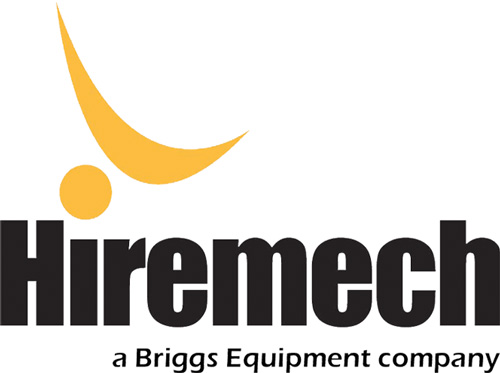The humble battery is a key component of any forklift, and in order to keep it safely running well, you need to take good care of it. Here is a guide to forklift battery safety and maintenance.
Charging
Charging heavy industrial batteries seem easy right? If you thought charging the battery is like charging a phone, you’re wrong! Traditional Forklift Truck batteries utilise a heavy duty lead acid composition. These batteries must be allowed to fully charge each time they are placed on charge. This will ensure no memory loss affect and ensures equalisation phase of charging, bringing all cells to the same voltage, where they perform at their peak. Furthermore a battery has a typical life cycle for example 1500 cycle. Another thing to remember is a 10 minute charge is still a marker of the useful cycles, so planning ahead is the best thing.
Batteries are the heart of your equipment. When batteries are undercharged, used with low water or with elevated temperatures, not just battery life is shortened but it can cause malfunction of the equipment and affect its performance.
The most important thing about using the batteries is safety here are some things that will help you understand the safety while using these heavy-duty beasts!
Safety (PPE)
Always wear personal protective equipment. This includes safety goggles, face shields, rubber or neoprene gloves and aprons, as this can help prevent/reduce any damage caused to you by the battery if there is an accident. Remove metal jewellery. Anything metallic, from tools to earrings, must be kept away from uncovered batteries in order to prevent sparking. Take precautions with flammable materials. Never allow sparks, open flames or electric arcs to occur in the battery room. Check electrolyte and water levels before beginning active charging, but don’t add water – this should be done after charging is complete.
Hazardous elements:
Sulfuric acid – The electrolyte in a lead-acid battery is a diluted solution of sulfuric acid and water. Although the acid content is only about 37%, it is still strong enough to burn skin and eyes, and eat holes in many types of fabrics.
Explosive Gases – When charged, batteries produce an explosive mixture of hydrogen and oxygen gases. Make sure that all vent caps are securely in place so that any gas is safely vented from the battery. Keep open flames, arcs, and sparks away from battery at all times
Electricity – Shock hazards are present on batteries. The higher the voltage, the greater the shock hazard also metallic objects coming in contact with exposed cell connectors will cause a short, as well as severe burns.
Weight – Batteries are not only a reliable source of power for the lift truck, but also acts as a counterweight. Average battery weight is 2,000 lbs (1- ton) Batteries can cause serious injury or death if not handled carefully during installation, removal and transport.
Water
Frequently check electrolyte levels and add water when needed. Water should only be added after a battery has received a full charge. Electrolyte levels should never drop below separator protector during discharging. Electrolyte levels should be at a ¼” below the bottom of the vent well when fully charged.
To perform a visual inspection you should:
- Check electrolyte levels.
- Check for proper cable polarity.
- Inspect cables for cut or torn insulation.
- Inspect contact tips.
- Inspect connector.
- Check for loose springs and cracked or broken housing.
- Make sure all vent caps are securely in place
Checking these things could save you a lot of time and money because replacing a heavy duty battery unit could cost you thousands of pounds!
As London’s leading forklift hire and sale company, we’re used to undertaking jobs that help keep the city moving, and this one is no different. If you’ve got a job that requires a forklift, or any other kind of materials handling machinery, get in touch with our sales team to find out the different hire and purchase options we can offer you:

 020 8880 3322
020 8880 3322